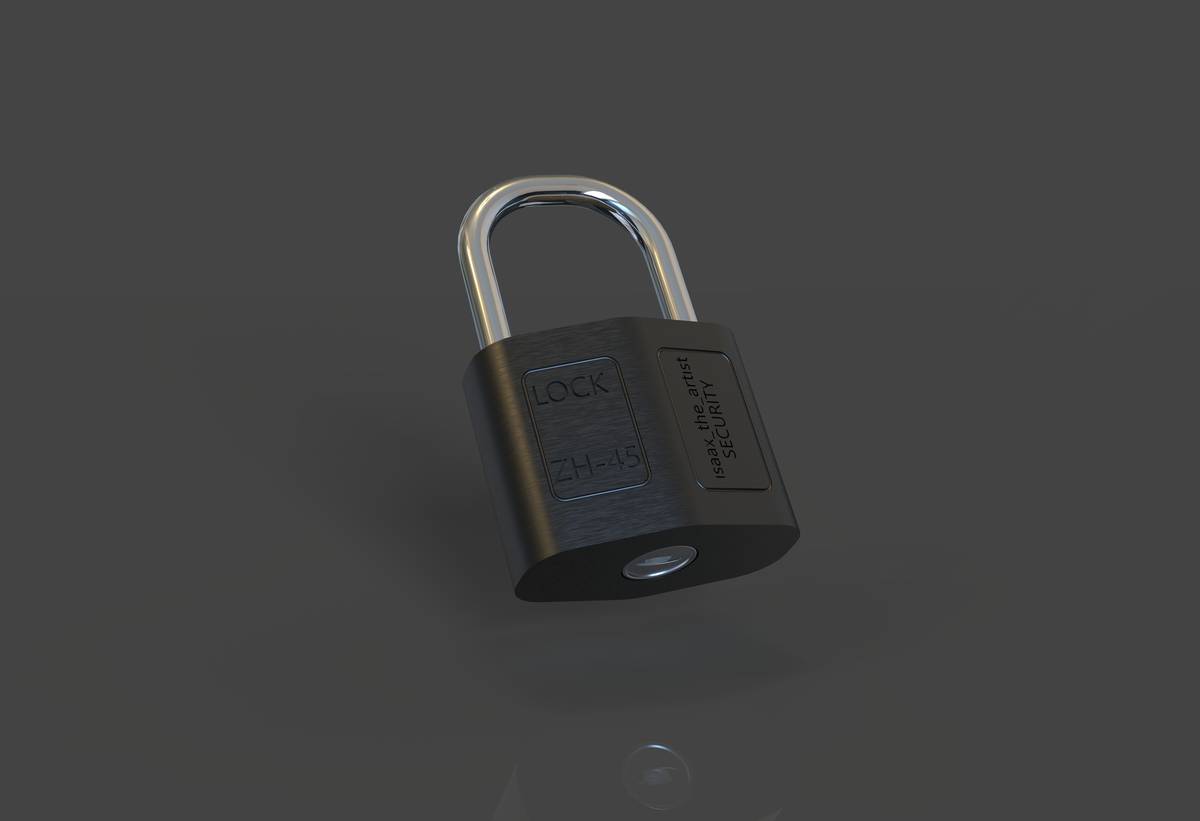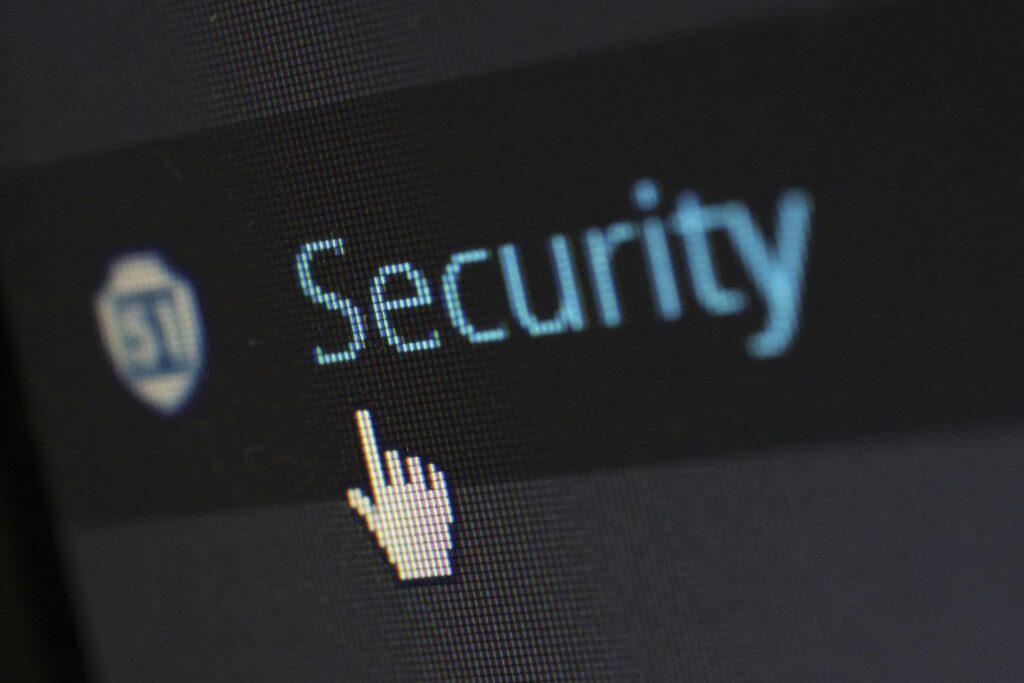Ever clicked on a link in an email that seemed too good to be true? Spoiler alert: it probably was. Phishing attacks are growing smarter, sneakier, and more frequent—leaving even the savviest of internet users vulnerable. In fact, 83% of organizations reported phishing attempts in 2022 alone. Yikes.
In this post, we’ll dive deep into creating your ultimate Phishing Prevention Checklist, covering everything from identifying common phishing tactics to implementing foolproof defenses. By the end, you’ll have actionable steps to protect yourself (and maybe even your mom) from cyber scammers. Let’s get started!
Table of Contents
- Why Phishing Is Such a Big Deal
- Step-by-Step Guide to Creating Your Phishing Prevention Checklist
- Best Practices for Phishing Prevention
- Real-Life Examples of Phishing Scams
- FAQs on Phishing Prevention
Key Takeaways
- Phishing attacks target individuals and businesses alike, often through deceptive emails or malicious links.
- A well-crafted phishing prevention checklist can reduce risks significantly.
- Simple habits like enabling two-factor authentication and staying skeptical of suspicious messages go a long way.
Why Phishing Is Such a Big Deal
“I got hacked because I trusted an email from my ‘bank’ about updating my account info.” Sounds familiar? Yeah, me too. Once upon a time, I fell for one of those “urgent security update” scams. My browser redirected to what looked like my bank’s login page—but boy, was I wrong. That night, I learned firsthand why phishing is such a massive headache.
“Cybersecurity isn’t optional anymore—it’s survival.” – Grumpy Optimist

Above: A visual breakdown of how phishing incidents have skyrocketed since 2019.
Step-by-Step Guide to Creating Your Phishing Prevention Checklist
Optimist You: “Let’s stop phishing before it happens!”
Grumpy You: “Yeah, but there better be coffee breaks included.”
Step 1: Identify Common Red Flags
Look out for these red flags in emails or messages:
- Urgent language like “Act now!”
- Generic greetings (“Dear valued customer”)
- Poor grammar or spelling mistakes
- Suspicious sender addresses
Step 2: Verify Links Before Clicking
Hover over links without clicking to preview URLs. If something looks off, don’t click!
Step 3: Enable Two-Factor Authentication (2FA)
Even if someone gets your password, they won’t access your accounts without the second factor.
Step 4: Install Anti-Malware Software
Keep your devices protected with real-time scanning software like Norton or Bitdefender.
Step 5: Educate Yourself Regularly
Stay updated on new phishing techniques by subscribing to credible cybersecurity blogs.
Best Practices for Phishing Prevention
- Create strong passwords. Avoid using the same one everywhere.
- Report phishing attempts. Forward suspicious emails to spam filters or authorities.
- Use secure connections. Always check for HTTPS when entering sensitive info.
- Double-check attachments. Never open files unless you’re expecting them.
- Talk to IT teams. Businesses should conduct regular employee training sessions.
Rant Moment:
Why do people still use “password123”? Like seriously, folks, we’re living in 2023, not 2003. It’s 2023, people—get creative!
Real-Life Examples of Phishing Scams
Here’s a quick story to keep you awake at night: A CEO of a mid-sized company lost $47 million after falling for a spear-phishing attack disguised as a payment request from their CFO. Lesson learned? Always verify requests—even internally!
FAQs on Phishing Prevention
What is phishing?
Phishing is a fraudulent attempt to steal personal data via fake emails, websites, or messages.
Does 2FA really make a difference?
Absolutely! It adds an extra layer of protection that hackers find harder to bypass.
How can I tell if a website is safe?
Always look for HTTPS in the URL and padlock symbols in the address bar.
Conclusion
To recap, phishing prevention starts with awareness and continues with proactive measures like creating your very own Phishing Prevention Checklist. Remember, securing your digital life doesn’t require superhuman effort—it just takes consistent, smart habits. And hey, while you’re protecting yourself, share this guide with someone who might need it!
Like a Tamagotchi, your cybersecurity needs daily care. Stay safe out there!


